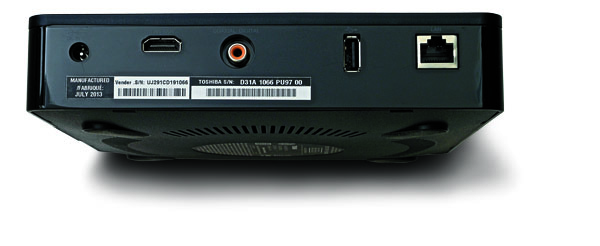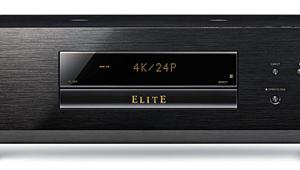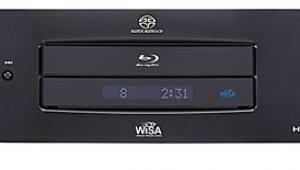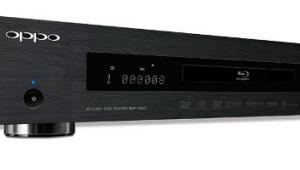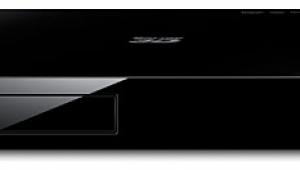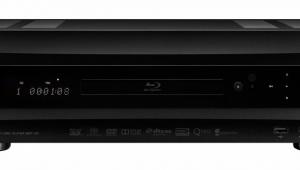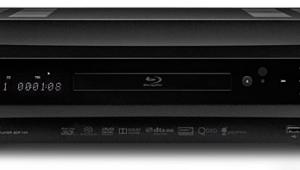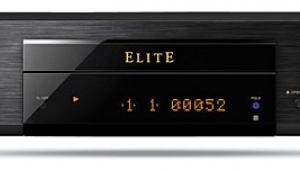That's one of the reasons now we have the newer and upgrade Oppo BDP-103D with the Darbee video enhancer.
It's good for Ultra High Def (4K), and also for 3D.
Toshiba is simply trying to penetrate that market with that one, I think.
Other than the small size factor, I don't see much value in it as compare to Oppo and to some Sony models.
Less than two pounds is not really solid. And $350 today is $50 tomorrow morning.
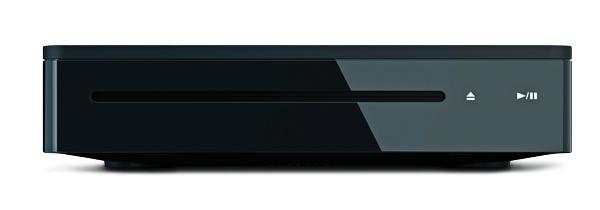
 Description
Description